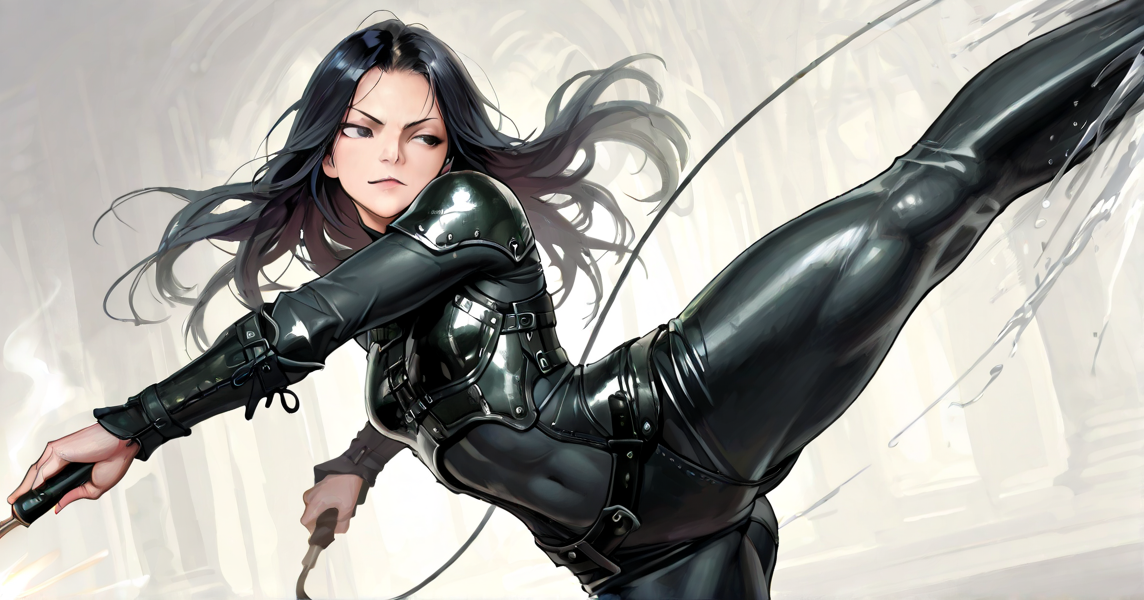Why Flanking Is Still the Deadliest Tactic in the Tavern
Mike’s Personal Experience
Flanking isn’t fancy, but it works. In the last battle I refereed, a pair of goblin rogues flanked a troll, and each of their sneak attacks nearly removed a limb. Meanwhile, our fighter kept swinging from the front, missing over and over because the troll had full attention. Flanking is old school but still deadly.
Here’s why you should always, always look for that angle.
1. Boost Your Hit Chance
In PF2e, flanked enemies are flat‑footed, taking a –2 to AC. In 5e, many DMs grant advantage on attacks from flanking. More hits mean more damage.
2. Unlock Sneak Attacks
Rogues rely on enemies being within 5 feet of an ally or flat‑footed. Flanking is the easiest way to get that sweet extra damage.
3. Cause Panic and Confusion
When an enemy turns to deal with one attacker, they expose themselves to the other. A panicked foe makes mistakes.
4. Synergize With Reactions
Combine flanking with Sentinel or Attack of Opportunity to punish enemies for turning. Use the Whisperfang for maximum sneak attack damage when they do.
5. It’s Free and Always Available
No spell slots, no limited resources. Just teamwork. Want to learn how teamwork makes your whole party shine? Read The Strongest Character at the Table Is the One Who Listens.
Stop Bleeding Actions, Start Winning Fights
If you’re not flanking, you’re leaving damage on the table. Explore more positioning tricks in Player Tips, browse reach weapons in the Tavern Armory, and share your favorite flanking stories via the Contact page.
Final Thoughts
Flanking is the most basic tactic for a reason — it works. Make the effort to get around your foes, and you’ll end more fights faster.
Your Next Victory Starts Here
See how flanking fits into our builds in Player Builds & NPCs, and read Put the Bacon Down and Roll Initiative to keep your party focused on winning. Flank, strike, and toast your success.


